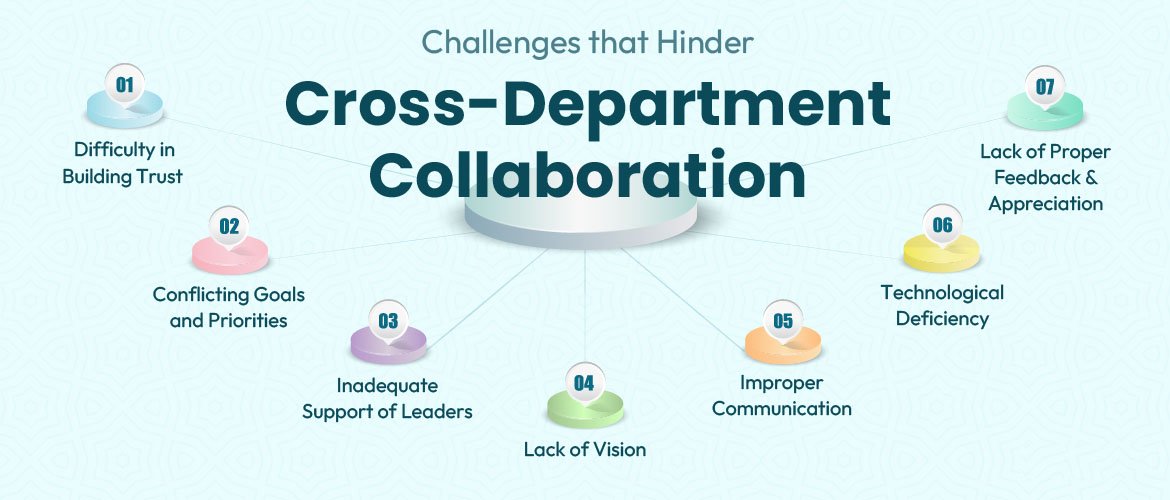Deep Learning: Understanding Neural Networks and Their Applications
Deep Learning, a subset of Artificial Intelligence (AI), has revolutionized the way machines perceive, analyze, and respond to data. Neural networks, which mimic the human brain’s structure and functionality, form the core of deep learning. These networks have paved the way for groundbreaking advancements in fields like computer vision, natural language processing, and predictive analytics.
What Are Neural Networks?
Neural networks are computational models inspired by the biological neural networks of the human brain. They consist of:
Input Layer: Receives data in raw form (e.g., images, text, or numerical data).
Hidden Layers: Perform calculations, extract patterns, and learn representations from the data.
Output Layer: Produces predictions or classifications based on the input.
Deep neural networks consist of multiple hidden layers, enabling them to learn intricate patterns and handle complex tasks.
Applications of Neural Networks
Computer Vision: Neural networks power applications like facial recognition, medical imaging diagnostics, and autonomous vehicles.
Natural Language Processing (NLP): Tasks like sentiment analysis, machine translation, and chatbots rely on recurrent neural networks (RNNs) and transformers.
Predictive Analytics: Businesses use neural networks to predict consumer behavior, market trends, and even stock prices.
Cybersecurity: Deep learning enhances anomaly detection, threat identification, and real-time incident response in cybersecurity.
Healthcare: Applications include diagnosing diseases, drug discovery, and personalized treatment plans through pattern recognition in medical data.
How JIET Prepares Students for Deep Learning Careers
At JIET Universe, Jodhpur, courses like AIML, DS, and CYS are meticulously designed to provide students with in-depth knowledge of deep learning and its applications.
1. Artificial Intelligence and Machine Learning (AIML)
Focuses on building neural networks from scratch and implementing deep learning models.
Students work on real-world projects such as image recognition systems, NLP applications, and predictive analytics.
2. Data Science (DS)
Explores data preprocessing, model building, and evaluation techniques.
Practical training in deep learning tools like TensorFlow and PyTorch ensures students are industry-ready.
3. Cybersecurity (CYS)
Introduces students to neural network-based intrusion detection and threat analysis.
Emphasizes secure AI implementation to mitigate risks in intelligent systems.
Unique Features of JIET’s Programs
Practical Learning Environment: Advanced labs equipped with GPUs and deep learning frameworks allow students to experiment and innovate.
Industry Exposure: Regular workshops, hackathons, and internships with industry leaders provide hands-on experience.
Experienced Faculty: A blend of academic experts and industry professionals mentor students in understanding deep learning concepts and applications.
Comprehensive Curriculum: From foundational concepts to advanced topics like generative adversarial networks (GANs) and transfer learning, the curriculum covers it all.
Placement Support: JIET’s dedicated placement cell ensures students secure roles in top tech companies, particularly in AI, data science, and cybersecurity domains.
Conclusion
Deep learning and neural networks are transforming industries, making it an exciting time to pursue careers in AI, data science, and cybersecurity. At JIET Universe, students are equipped with the knowledge, skills, and practical experience to excel in this field. Whether it's mastering neural network architectures or applying them to solve real-world problems, JIET ensures you’re ready for the challenges and opportunities of tomorrow.












